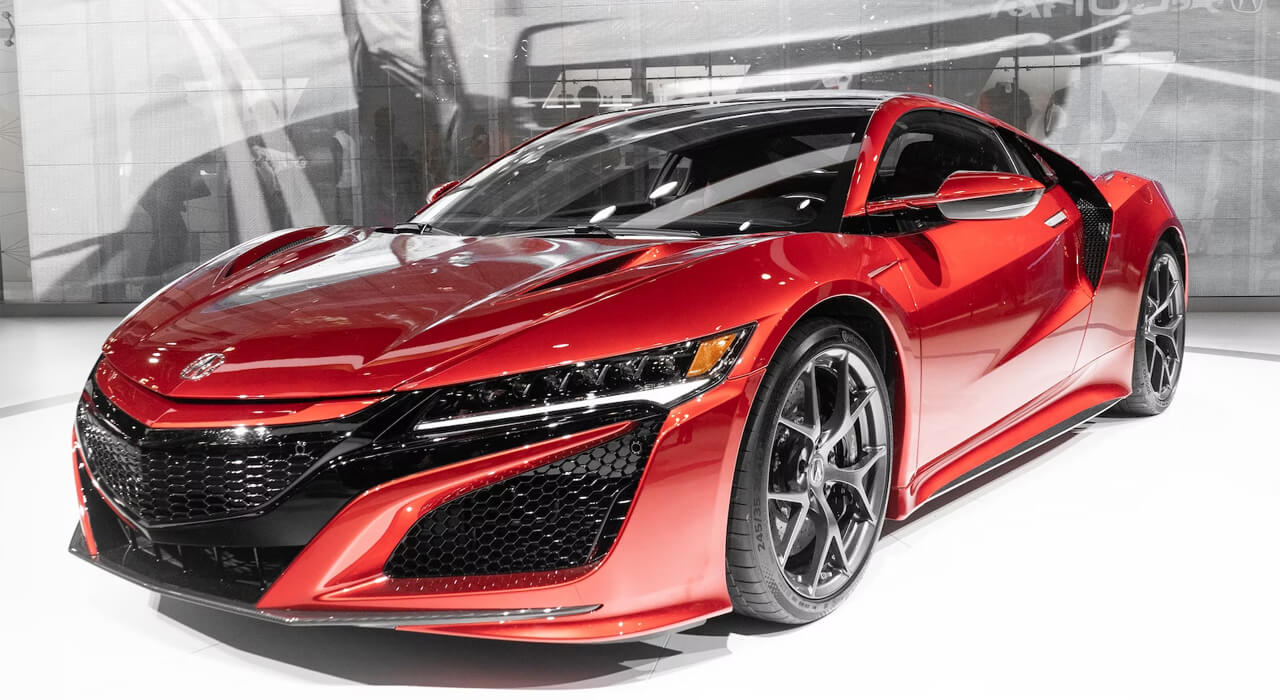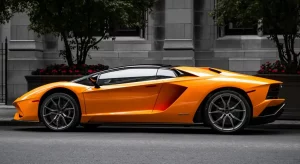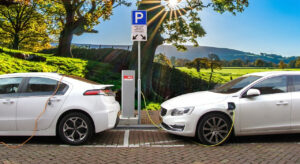Your car has several essential components other than the engine and suspension. To maintain the optimal working of a vehicle, different elements work together.
To keep your car running in perfect condition, you must ensure that every small mechanical and electrical component in your vehicle is in good condition.
Here, we will be looking at some of the essential parts of your vehicle and how they work in cohesion.
Timing Belt and Its Use
The timing belt is the same as a chain on your bicycle. It keeps all internal moving parts of your engine synchronized. It is a rubber belt with hard teeth that interlock with the crankshaft and camshafts.
The timing belt synchronizes the movement of both shafts to ensure the engine intake and exhaust valves open and close simultaneously as the pistons. If the crankshaft and camshaft are not opening simultaneously, your vehicle won’t run properly.
Also Check: 7 Best New Cars Under $12000 In 2024
In the older vehicles, timing chains were used. However, the cars manufactured after the 1960s have timing belts because they are much lighter and quieter while rotating.
The timing belt wears out after some time, and you need to replace it. Replacing your timing belt after 50,000 miles is recommended, depending on your car type. Sometimes, when your car is not used for a long time, the timing belt can get rigid, and the chances of breaking are significantly increased.
You need to check if the timing belt is in good health because if it breaks while you are driving, it can cause severe damage to the engine and various components in the engine bay. To get your timing belt checked by a professional, you can search for car repair near me on maps and visit any nearby auto shop with good reviews.
How to Know If You Need to Replace Timing Belt
Most of the time, there are no warning signs before a timing belt breaks. However, some possible indicators tell you if you need to replace your belt:
- Decreased engine power is often noticed when accelerating.
- The engine overheats more often even though the coolant level is good and the fan is working.
- Unusual vibration is felt in the engine when the timing belt is loose and about to break.
- A ticking noise is heard coming from the engine.
- Engine oil starts leaking; you see a small pond of oil beneath the engine when you move your car in the morning.
How Does Electric Current Flow in a Car?
The electric power for a car comes from the battery. The electricity flows in one direction. Primarily, the current is taken from the battery, travels through the vehicle’s body, and delivers power where needed. Finally, the current makes its way back to the battery.
The battery is powered by the alternator; the engine runs the alternator, and it moves to convert mechanical energy into electricity, which is transferred to the battery. The alternator must deliver a 12-volt current to charge the battery.
Suggestion: 2024 Honda Ridgeline Trailsport Price, Features, Trims, & More
The current flows out of the battery in one direction through its positive terminal and back to it via the negative terminal. The negative terminal is also called the earth terminal and is earthed to the car’s body so it doesn’t electrocute the driver.
Modern cars demand more electrical power to drive their components. They are equipped with turbochargers, high-quality woofers, water pumps, and many more accessories that require high electric power. To fulfill the high demand of current, modern cars are equipped with a 48-volt battery.
What Do a Car’s Fuses Do?
There are a number of fuses in every car. Most cars have a fuse box inside the engine bay and behind the dashboard. You can see the power rating on each fuse expressed in amps.
In some cases, the current flowing down a wire overcomes its resistance, so the fuse melts to cut down the connection and prevent the electrical components from burning.
How Electric Cars Get Power?
The electric cars don’t have an engine and receive power directly from the battery. The batteries used in electric cars are not the same as your normal car battery; they are big and have a high capacity. The battery delivers power to the motors to generate torque, which is transferred straight to the wheels.
To maximize the range of electric cars, the concept of regenerative braking steps in. When you lift your foot off the accelerator, the speed in the form of kinetic energy is converted back into electricity to charge the battery.
Surprisingly, electric cars outperform most turbocharged vehicles because they produce a significantly large torque. While driving a conventional car, when you push the accelerator, the power is first delivered to the transmission, from where it is transferred to the wheels.
However, that’s not the case with electric cars. As soon as you press the accelerator, torque is directly delivered to the wheels, due to which electric cars have very fast acceleration.







